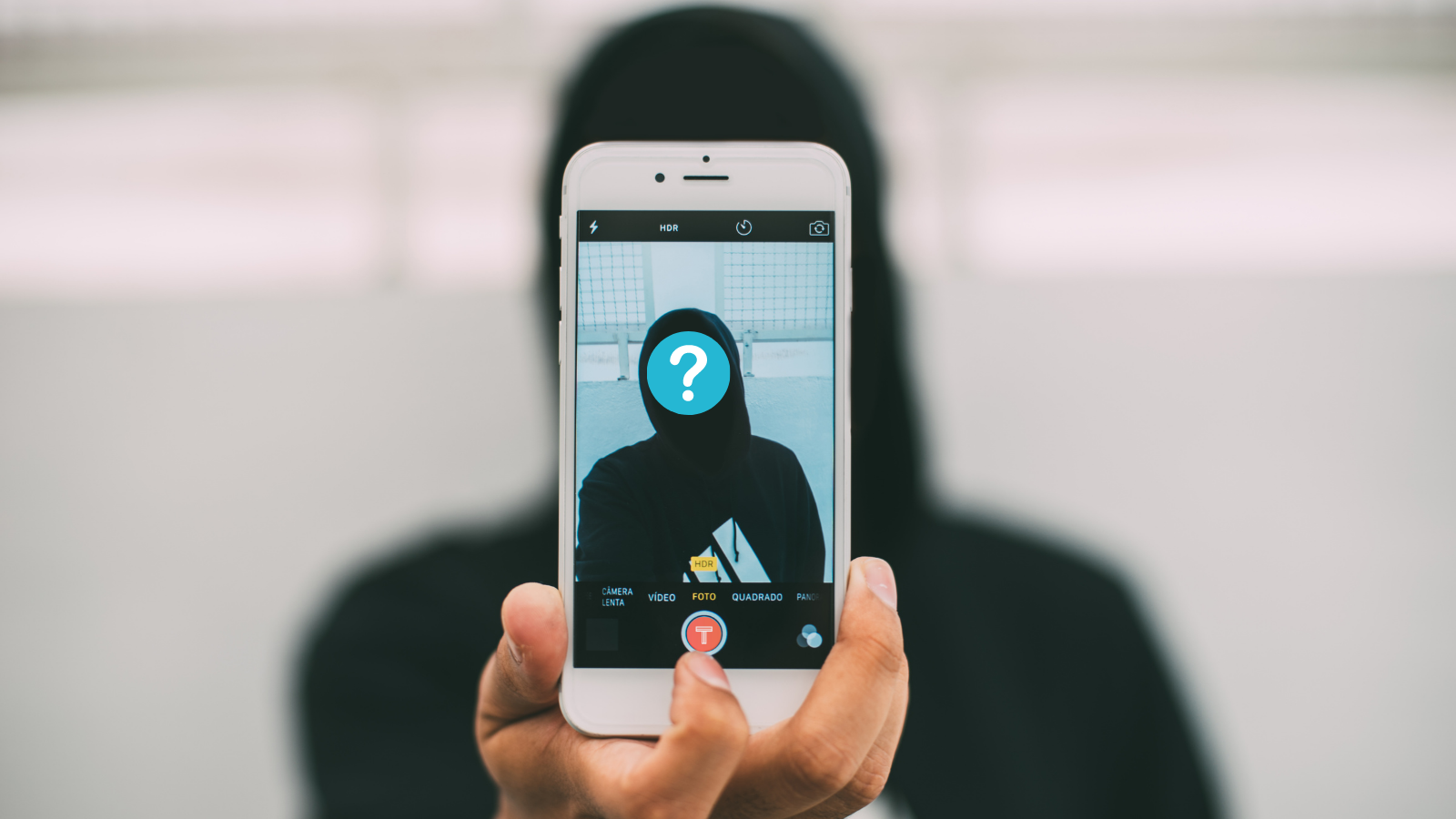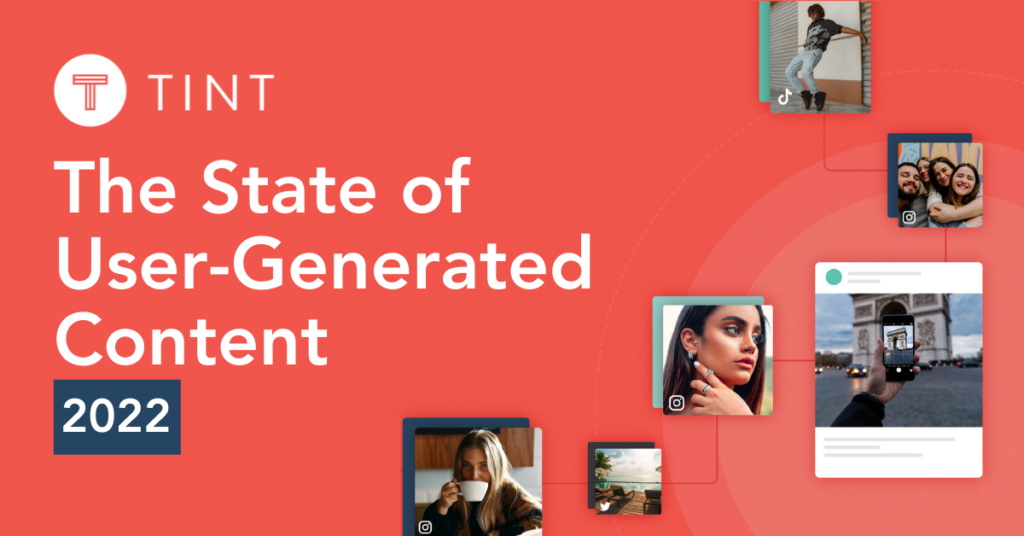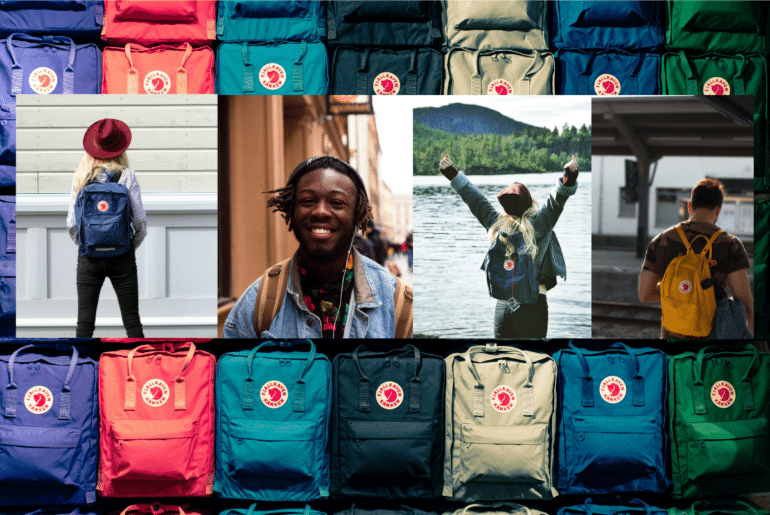Welcome to the world of the Influencer 2022. Things have changed, and there are new types of influencers on the horizon.
Celebrity endorsement was once the “it” thing. Brands like Coca-Cola thrived off these partnerships, and they worked. Actors, musicians, athletes, and celebrities of all stripes fought to get those brand deals. Fans were quick to consume cereal, beverages, and content that featured their favorite star.
When social became part of our everyday lives, a new type of influencer endorsement emerged. These newfound social media influencers had 100,000+ followers and a newsfeed with perfectly placed products—and it worked.
But then, we saw the rise in another new type of influencer that doesn’t have a six-figure following. These influencers are people with hundreds or thousands of followers who likely don’t even consider themselves ‘influencers.’
Marketers used to agree, but this year, they’re no longer thinking that way. In our 2022 State of User-Generated Content Report, we surveyed boutique to enterprise businesses to see how their marketing did in 2021 and their plans for 2022.
Marketers are happy to work with mega-influencers who have the engagement to back up their following—but they’re also focusing in on the influencers that used to get passed by for brand deals.
Here are the 3 types of influencers to leverage in 2022.
3 Types of Influencers That Can Promote Your Brand
“Brands are realizing that overproduced content is always going to perform less than content that feels more organic, natural, and human-centered. That’s why you see platforms like TikTok working so well – because on TikTok, you might see an ad and not even know it’s an ad.”
Jayde Powell, Head of Social, Sunwink
Customers
Mega-influencers with 100,000+ followers can make a great video about your product (after signing a contract with your brand). The problem is consumers trust content created by people more than brands: 72% of consumers believe that reviews and testimonials submitted by customers are more credible than the brand talking about their products (SOUGC)
As soon as a viewer sees #ad or realizes this influencer was sponsored to talk about this product, the content becomes branded.
When happy customers create organic content because they’re excited about their product—there’s no brand involved. When someone sits down to eat at their favorite restaurant and takes a photo of a volcanic dessert, unboxes their new king-size mattress from a deceivingly small box, or shows the backend of their new software tool, they create user-generated content. This UGC leads to higher engagement and conversions and is exactly the content marketers are seeing consumers trust over branded content.
Nano-Influencers
Nano-influencers have 1,000-10,000 followers and used to be looked over for brand deals. Brands focused on the more glamorous types of influencers: big-name celebrities or mega-influencers touting 100,000+ person followings. In 2021, we’re seeing leading brands realize the power of the nano-influencer.
Seventy-five percent of marketers are currently working with small (less than 1,000 followers), nano- (1,000-10,000 followers), and micro-influencers (10,000 to 25,000 followers).
Not only are nano-influencers more cost-effective than celebrities and high-profile influencers, but marketers are finding they have a stronger connection with their audience. Nano-influencers can get more engagement (by percent) on a post than an influencer with 10x the following. These influencers have more pull with their audience and, because they have more of a niche following, can connect with brands they know their followers are interested in.
Employees
In recent years, we’ve seen a few brands start to place their employees as influencers for their brand. More companies began to talk about who was behind-the-scenes, even giving their employees time to shine through company-generated content. Our 2022 State of User-Generated Content Report finds that 52% of communications + HR teams regularly use employee-generated content (EGC) in communications channels.
EGC is re-shared up to 24 times more when distributed by employees instead of a brand and can get 8 times more engagement than brand shared content. We’re finding that employees can get up to 10 times more followers than a brand’s corporate account and get more organic social engagement. Employees can establish more marketing channels and touchpoints for consumers to connect with brands they love.
Check out Guide to Employee-Generated Content for more.
Guide to Employee-Generated Content: What Is It, Why You Need It, and How To Do It
These are the 3 types of influencers brands can leverage in 2021 to increase engagement and conversions. Nano-influencers can get paid to create content for your brand and you can ask your employees to create behind-the-scenes content or to share your content across their social platforms. How do you get customers to create content for your brand?
How To Get Customers To Create Content You Can Repurpose
Tell Your Customers, Fans, and Employees What To Create
More than half of consumers wish that brands would tell them what type of content to create and share. Brands that clearly define what content to create, when to create it, and how to share it can turn their customers into genuine brand advocates.
Encourage customers to create UGC by asking them to post on Instagram as they unbox their product, to share their new purchase as a Tweet, or show themselves using your product and, of course, use your custom hashtag strategy to tag it.
Incentivize Customers To Create UGC
Another way teams can obtain more UGC is by running campaigns and contests that reward fans and customers for creating and sharing their best content.
If you’re just starting and don’t have any UGC examples to show them, create your own so your customers know exactly what you’re looking for. By featuring UGC across your marketing channels, you’ll inspire more of the user-generated content you’re looking for by modeling the exact sort of behavior you’re looking for.
Influencer marketing in 2022 is changing. Celebrities and mega-influencers are not the only influencers, and sometimes they’re not even the best fit for your products. By using customers, nano-influencers, and employees as influencers for your brand—our State of User-Generated Content Report shows that you’ll be increasing content engagement and conversions.
The State of User-Generated Content report cross references survey results from both marketers and consumers. Get the need-to-know insights on your audience to improve your marketing strategy. Download here.
If you don’t have a way to find, collect, organize, and redistribute UGC and organic influencer content across your digital and in-person marketing channels, schedule a demo with a TINT team member today.




